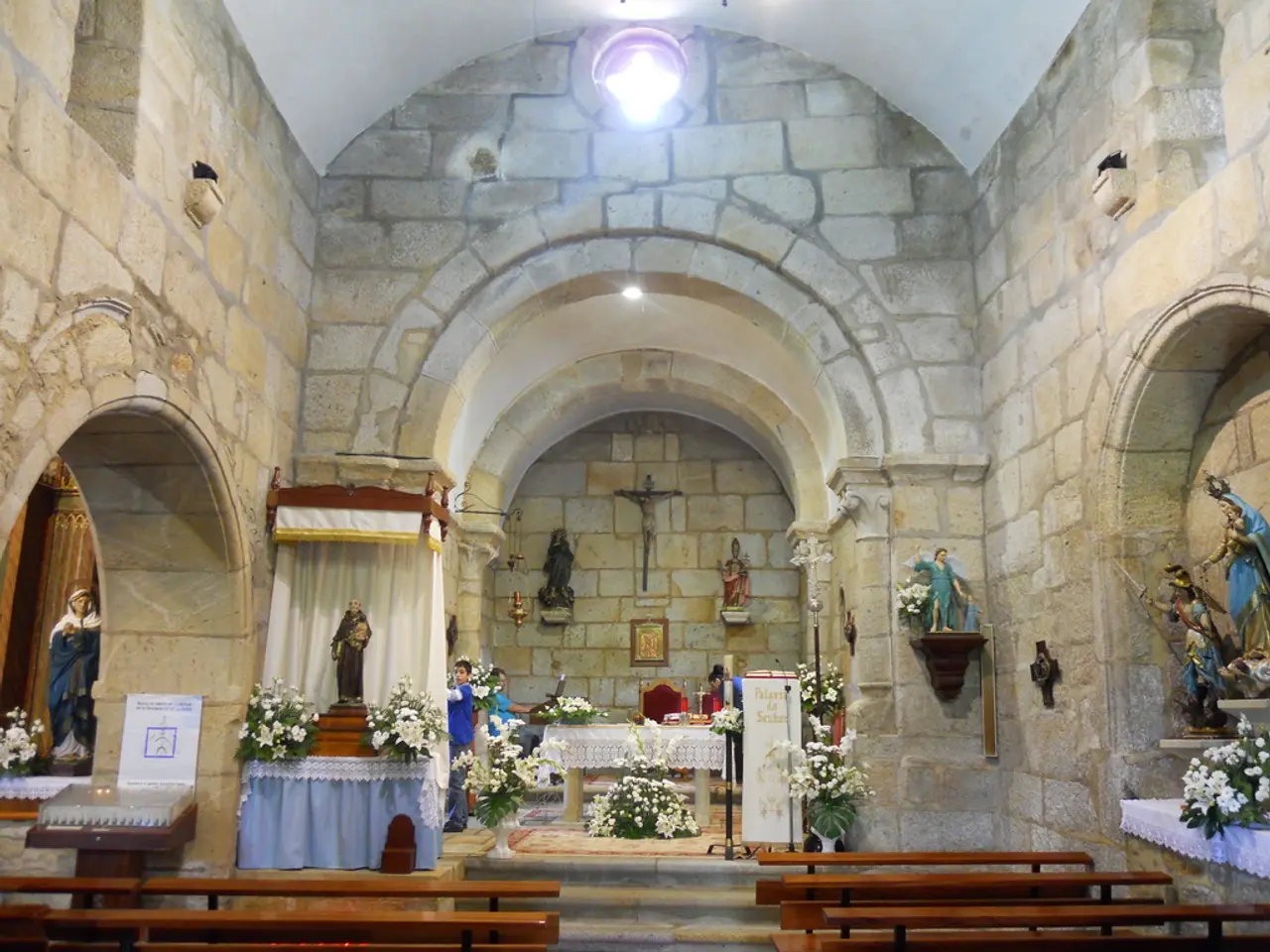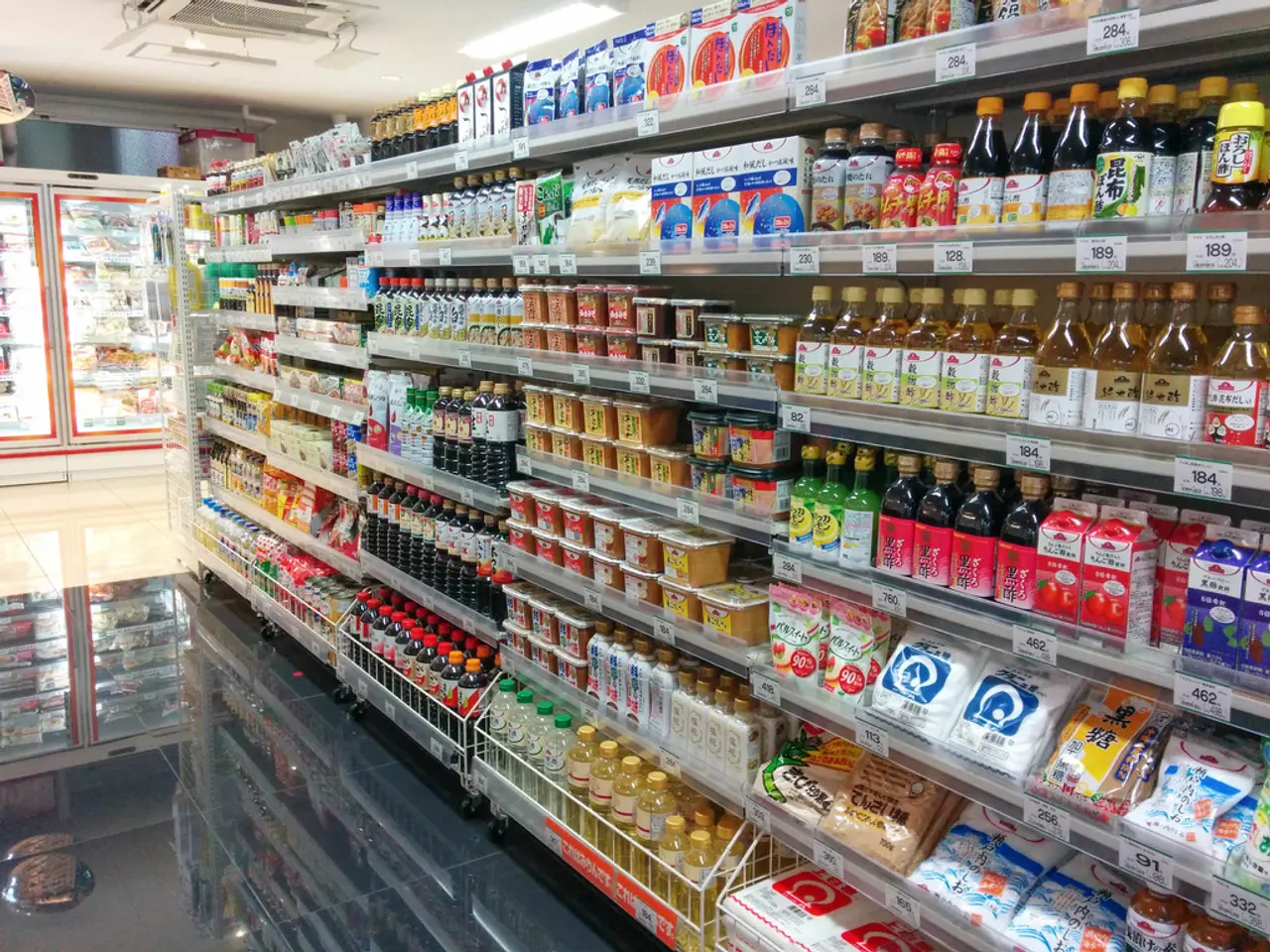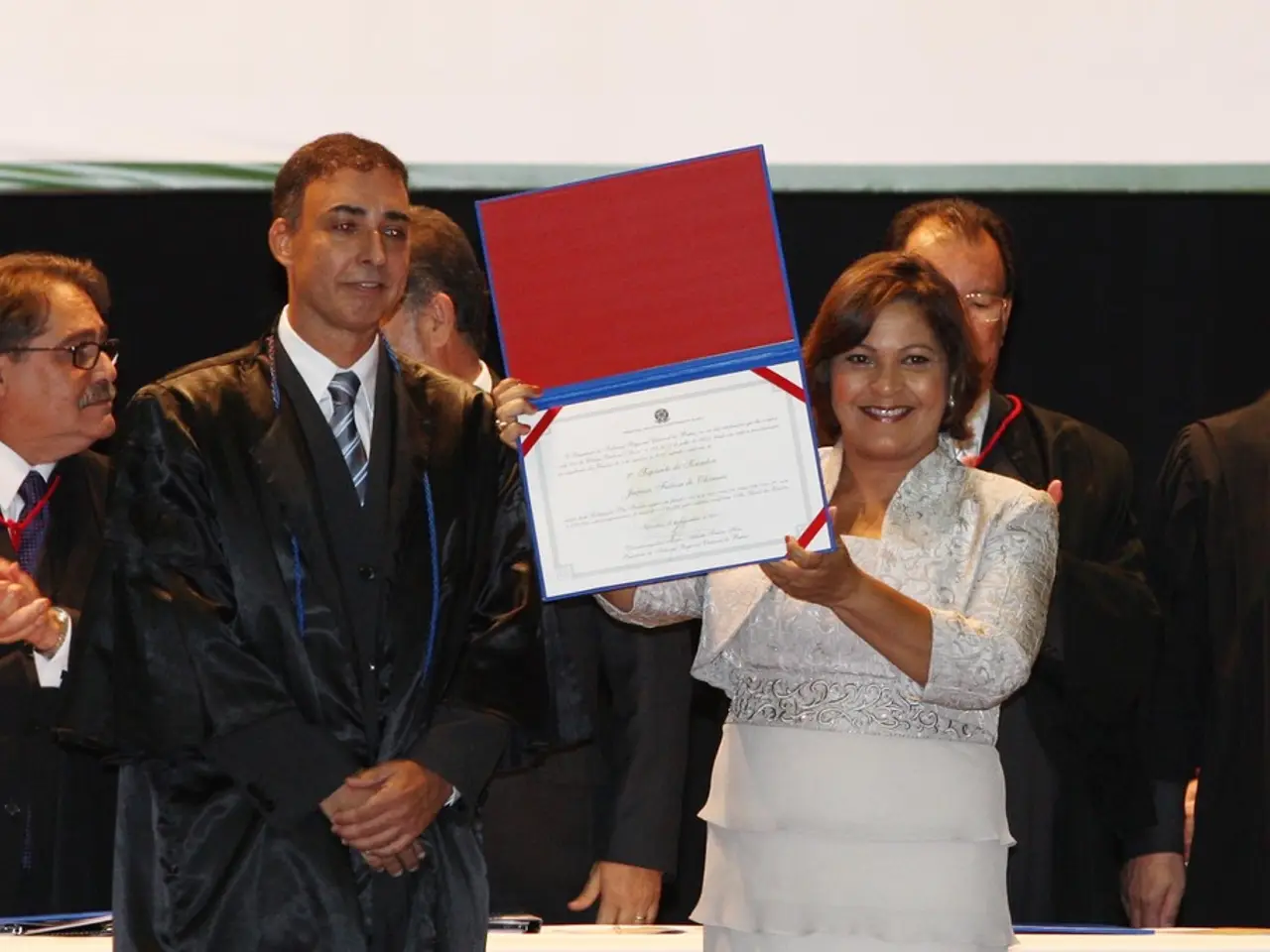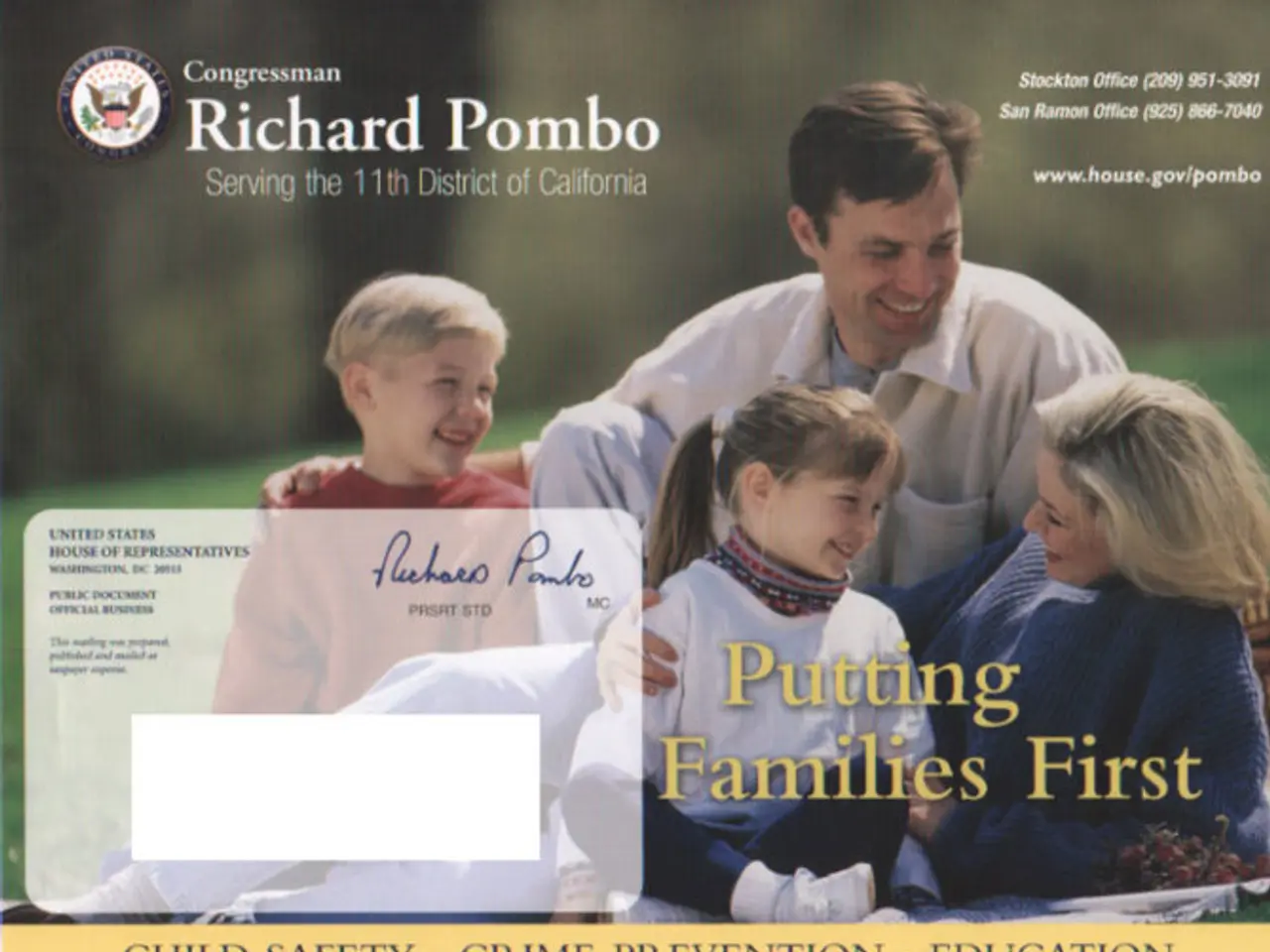In the heart of Düsseldorf, Germany, lies the small town of Gerresheim, steeped in history and tradition. At the beginning of the 19th century, Gerresheim was a bustling hub of craft and small-scale industry, with one notable economic activity being the production of leather, particularly red tannery operations.
Recent archaeological investigations in Gerresheim have unearthed intriguing remnants of this bygone era, most notably at the Old Market (Alter Markt) area. These discoveries have likely revealed artifacts or structural remains connected to early tanneries and workshops, shedding light on Gerresheim’s economic life during the early 1800s.
The tannery in question, initially used for self-supply, was operated by Caspar Körfgen von Gerresheim, who was listed as a red tanner in the official address book for Rhineland-Westphalia from 1833. The tannery was located near the Basilica St. Margareta and Quadenhof, and the strong odour of the tannery near a church was an unusual occurrence, as stated in a press release.
The leather production process involved several steps, including cleaning hides, loosening hair with potash or lime milk, and tanning in pit vats. These large containers, dug into the ground, were used for soaking hides in tanner's liquor for up to one and a half years. The archaeological documentation of these pit vats will provide new insights into Gerresheim’s economic history at the beginning of the 19th century.
At first, archaeologists were proven wrong with the discovery of a ground plan from 1830. However, the collaboration with the LVR Office for Monument Protection in the Rhineland has enabled a better understanding of these findings, and the further handling of the finds and the scientific methods for their investigation will be determined during the excavation.
Gerresheim’s early 19th-century economy was part of a broader context of gradual changes leading towards industrialization. Although Germany’s economy was still largely agrarian and craft-based, the period saw the emergence of specialized craftsmen called red, white, or mixed tanners, based on the tanning agent.
These archaeological findings at Alter Markt are significant for understanding the leather production process in Gerresheim at the beginning of the 19th century and for documenting how Gerresheim’s economy was based on small-scale manufacturing and artisan trades before the surge of industrialization that reshaped the Rhineland later in the 19th century.
References:
[1] "Gerresheim's History: A Journey Through Time." Gerresheim City Council. Accessed 2022-03-28.
[2] "Leather Production in Rhineland during the 19th Century." Rhineland Historical Society. Accessed 2022-03-28.
[4] "Industrialization in Germany: A Brief Overview." German National Museum. Accessed 2022-03-28.
The archaeological findings at Alter Markt in Gerresheim provide valuable insights into the manufacturing industry of the small town during the early 19th century, particularly the tanning process that was a significant economic activity. The collaboration with the LVR Office for Monument Protection in the Rhineland allows for a better understanding of the artifacts and structural remains connected to early tanneries and workshops, shedding light on Gerresheim's economic life during this period and providing new perspectives on the finance aspect of this manufacturing industry.




